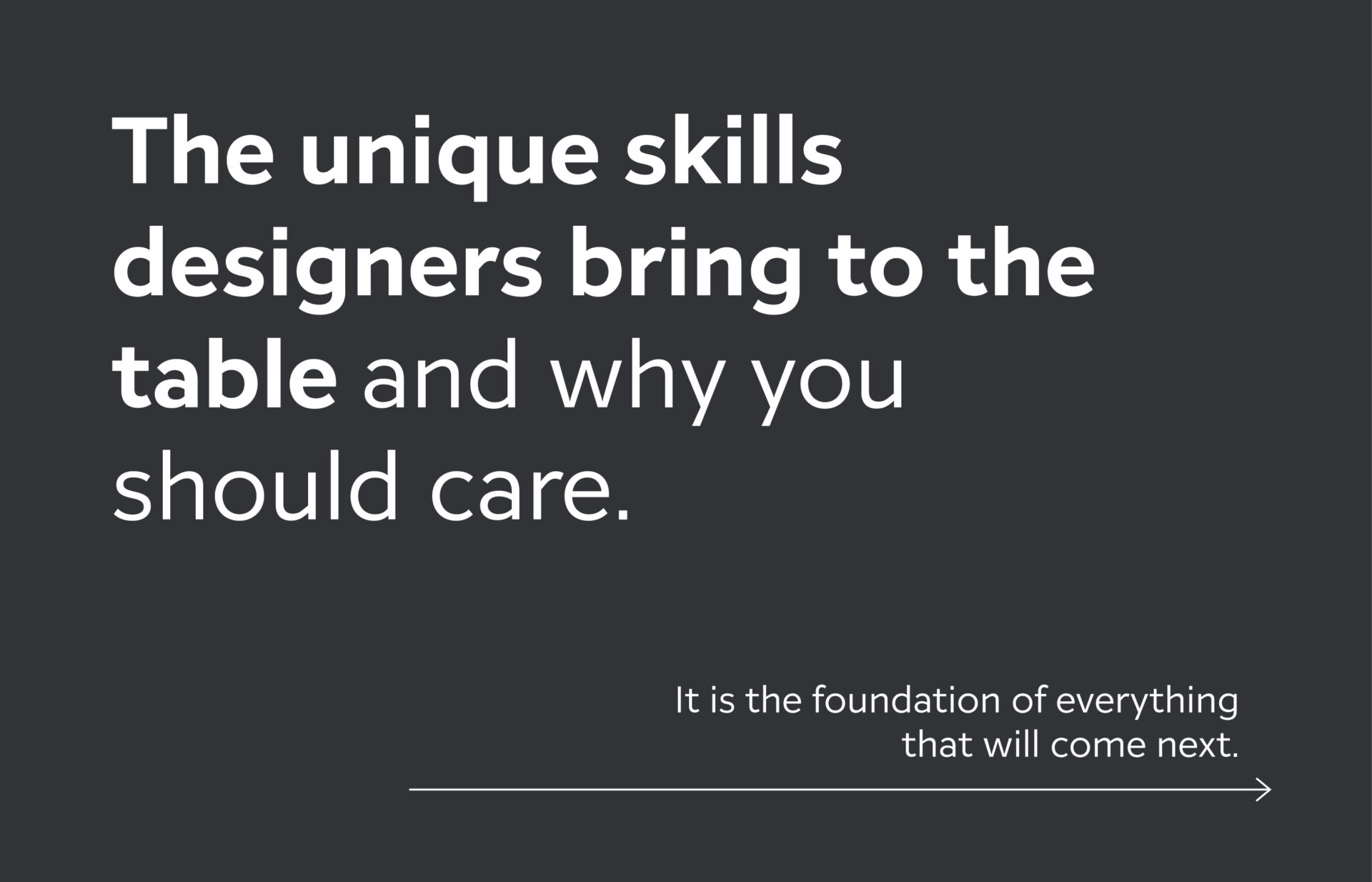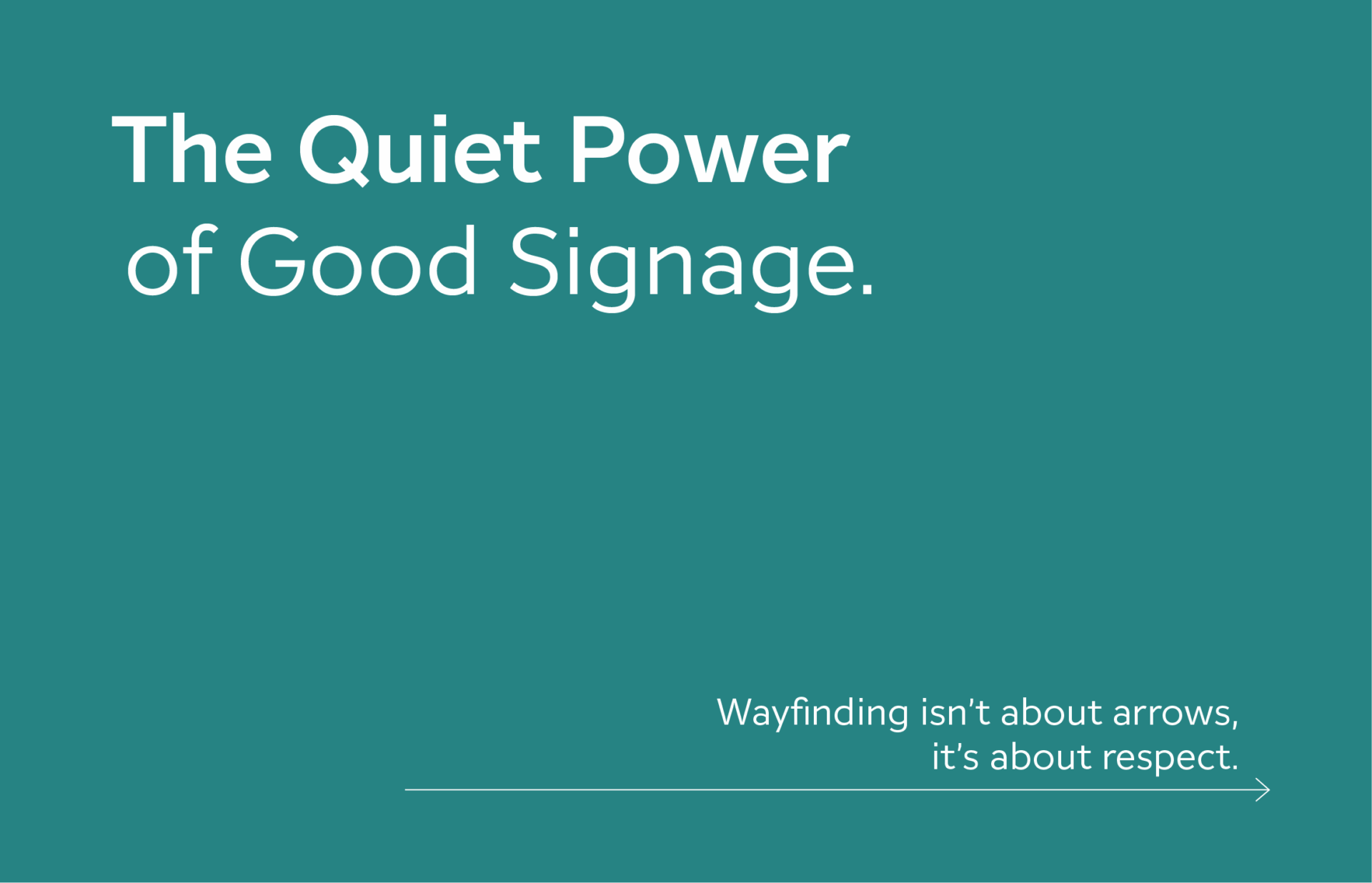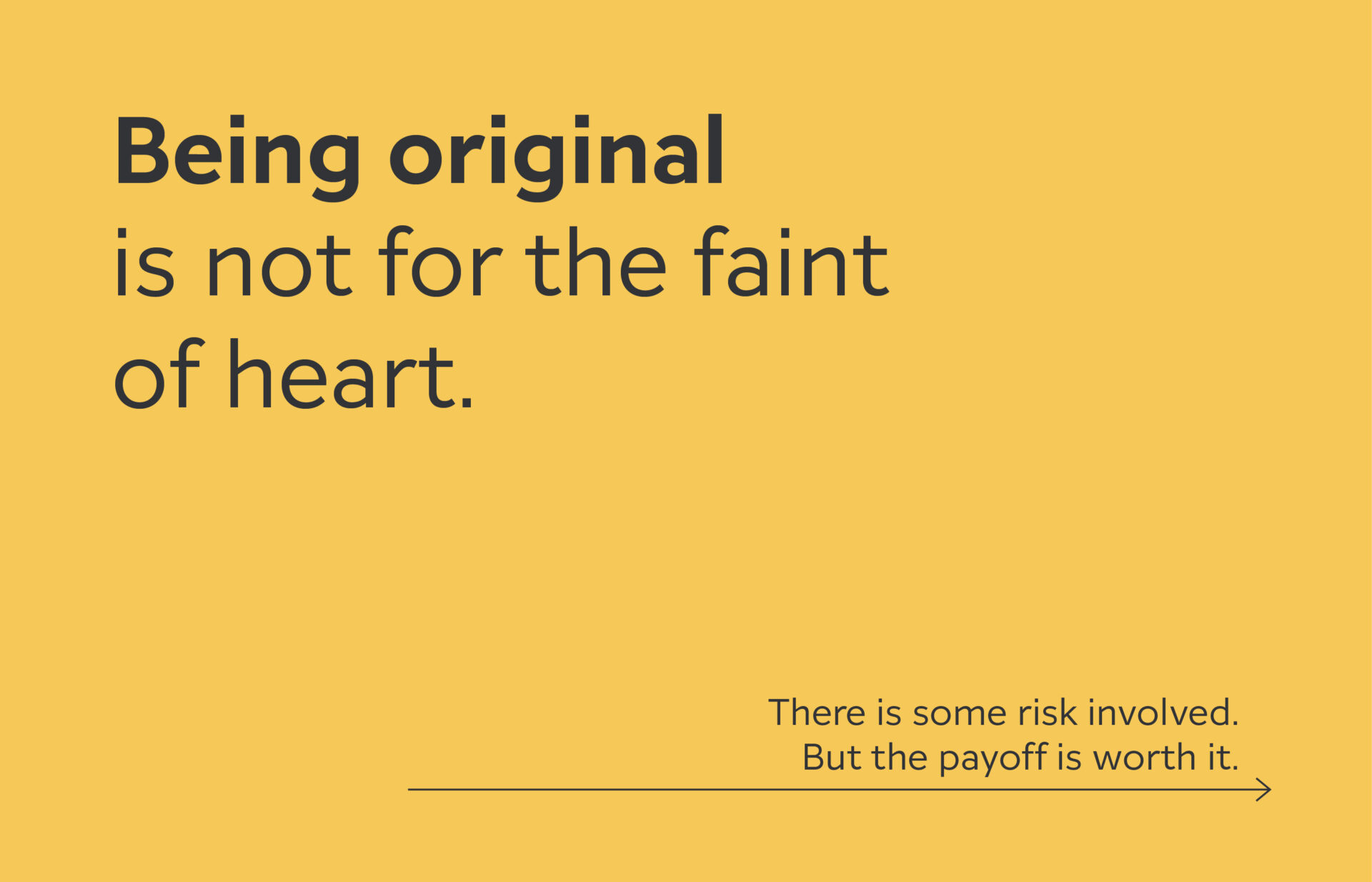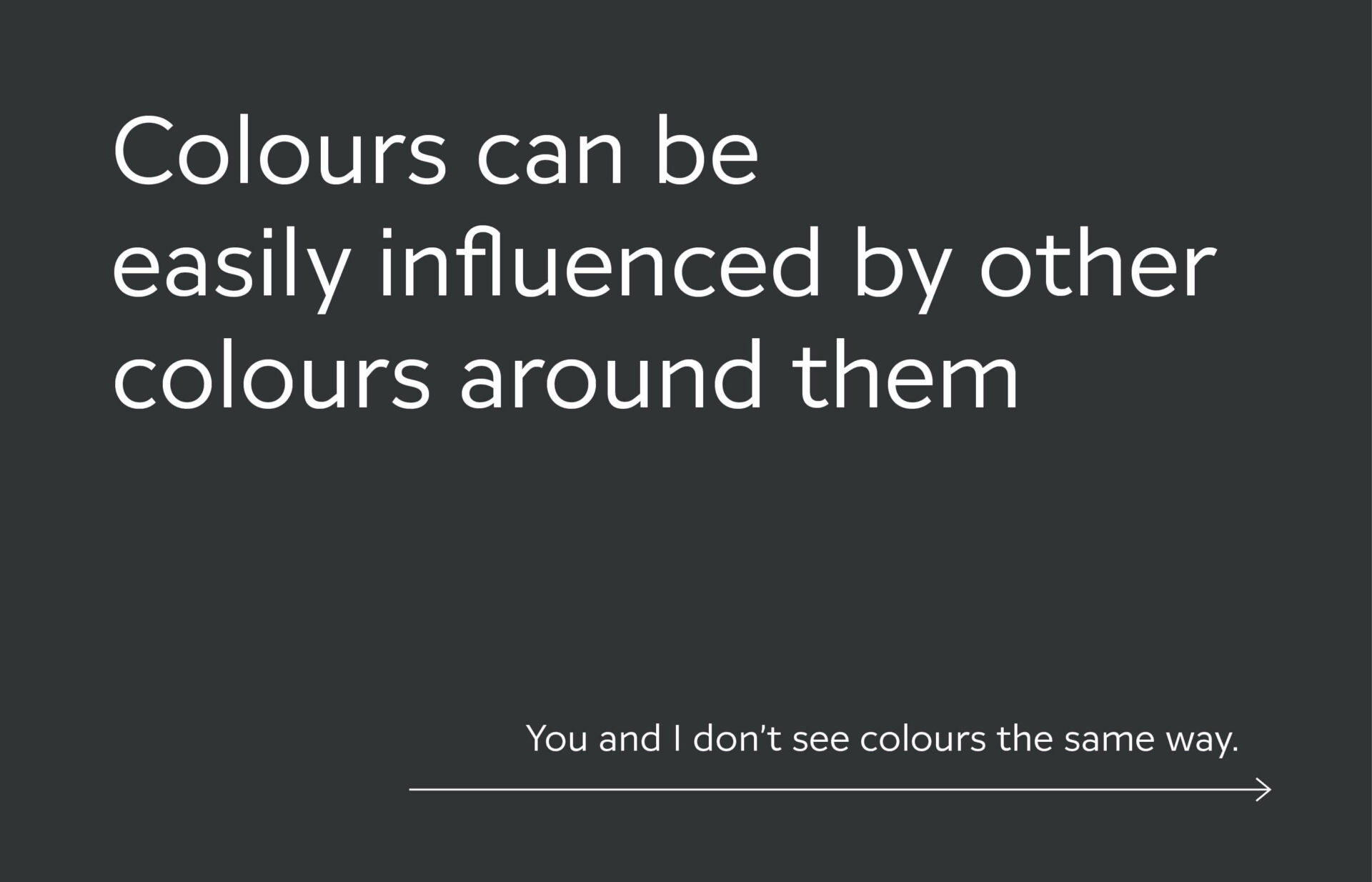I Felt Like It – Intuition in Graphic Design
The unique skills designers bring to the table and why you should care.
We’re now in a time when anyone with access to graphic software can be a designer, and when cheap logos are crowdsourced and published faster than ever.
So, what skills do designers have that are exclusively theirs and why should people care?
After going to networking events around the city, that are largely centered around tech and startups, it is clear that because people don’t see the creative process of designers and how they reach their final conclusions, they don’t understand what makes good design good design. Behind the scenes designers work thoroughly through brainstorming, sketching concepts, creating version after version, scratching ideas and streamlining thoughts. This cyclical decision-making process is virtually invisible in the final iteration of the design. I’ve come to realize that a designer’s ability to connect abstract ideas such as feelings, emotions, and sensations into visuals is largely taken for granted.
Designers use intuitive thinking and connect it to aesthetic. From experience and training, designers have learned to see laterally and know when they should trust a feeling, hunch or sensation about their work and how to to make the translation into visuals. This sense or feeling is present in how we as designers see the world, how we interpret certain elements and how we know what to include or what to leave out of the scene.
Designers in their prime, much like artists, slip into flow state where intuition works as a subconscious drive. In this state ideas and decisions are generated in the moment and are executed through notions such as ‘it felt right’. However, the justification ‘it felt right’ for a visual solution does not suffice and designers must be able to explain how they strategically chose a certain aesthetic or solution for a design. Of course, intuition is a part of what designers do, but to what degree and why does it matter?
Dutch Designer and researcher Daniel Van Der Velden explains, “If someone brings up ‘they feel like it’ as a justification for design, of course, that’s uninteresting. But if intuition tells you what needs to be what, that’s interesting. Because it refers back to the capacity of designers to observe. They observe a certain reality around them, a certain state of things around them, and at some point, they think: this is the best expression. That moment is important for design.”
As Daniel explains, intuition is best used in combination with a designer’s ability to make interesting and smart connections between everyday experiences. For example, connecting an Alfred Hitchcock movie to a commercial about diabetes awareness. These two things seem to have nothing to do with each other at first glance, but have relevant and linkable connections when designers use their ability to create meaningful comparisons. The connection may come from the film director’s style to overly dramatize film scenes by using a variation of different close up shots and angles. This dramatizing effect can be applied to emphasize the reality of living with diabetes.
The ability to make interesting and smart connections is especially present when finding inspiration outside of the field of design such as psychology, science, and art history. In this way designers may create more unique work by looking outside any associative barriers – this is design. This is where a designer’s talent comes alive, where he or she produces new, exciting, and sometimes obvious but overlooked solutions to a job. field of design. It’s also about being confident, about trusting one’s gut feeling and owning it—as long as that gut feeling gets the designer to an unfamiliar or unique conclusion. This also means being able to justify the conclusions reached with your intuition, proving it’s purpose and relevance and separating them from personal drive and intent, which instead becomes style.
I’ve found that relying on intuition works best when there is little time for drawn out or more traditional conclusions—when there is the familiar pressure to just ‘get something done’. Sometimes however, the best conclusions we reach as designers are those found in a state of flow regardless of the time or parameters we have with a project. As David Carson describes, “An intuitive choice is thus as conscious as a considered choice, it simply uses aspects of consciousness that are not accessible to language. It cannot say, but it can show.” (Carson).
Written by Nicole Beno


June 3, 2025
The Quiet Power of Good Signage
May 14, 2025
Fighting sameness
October 1, 2024





